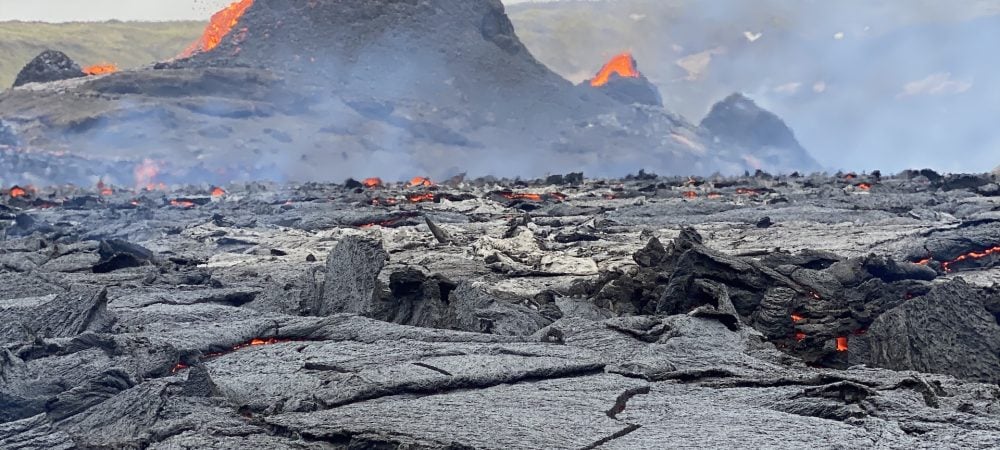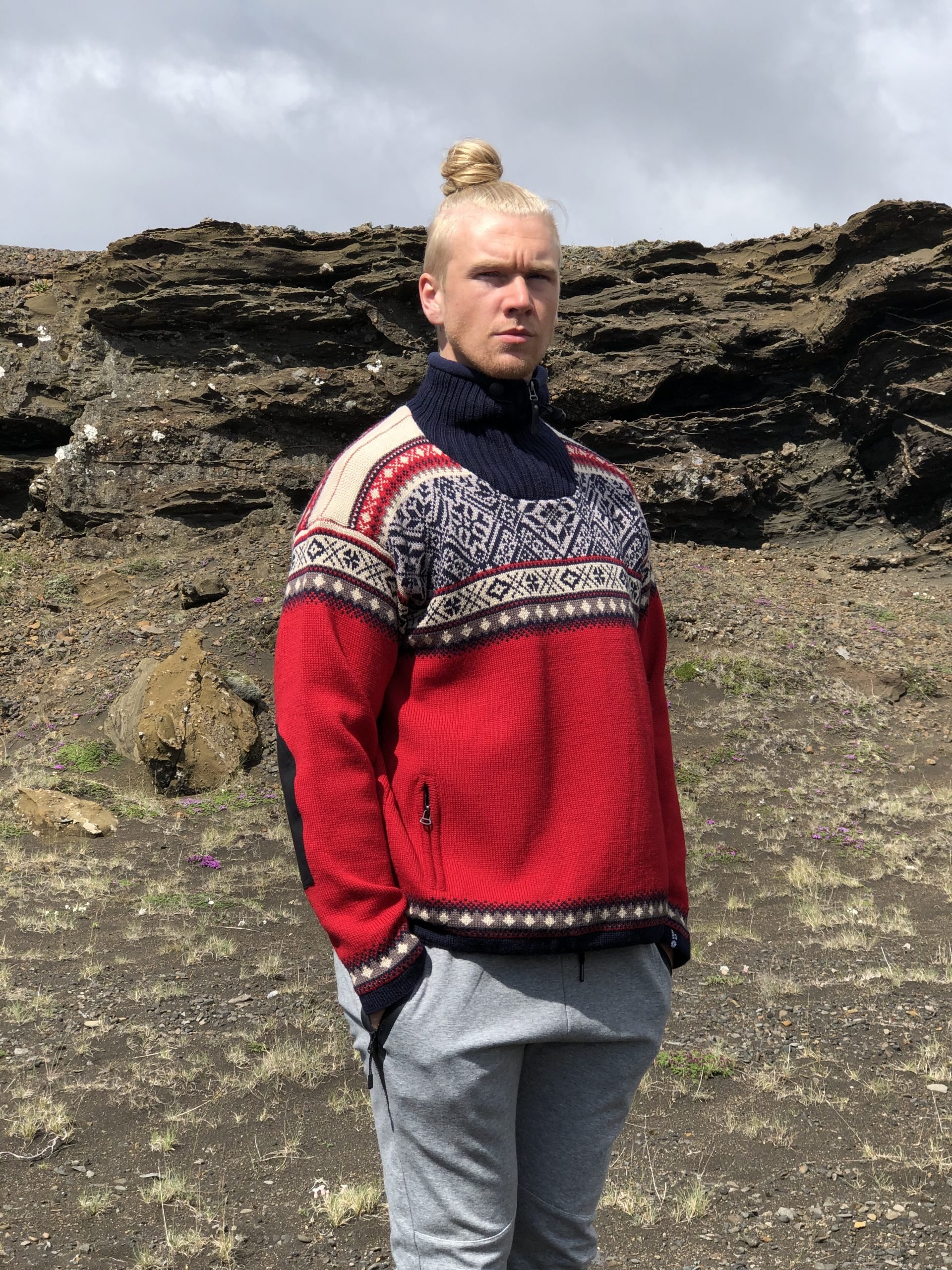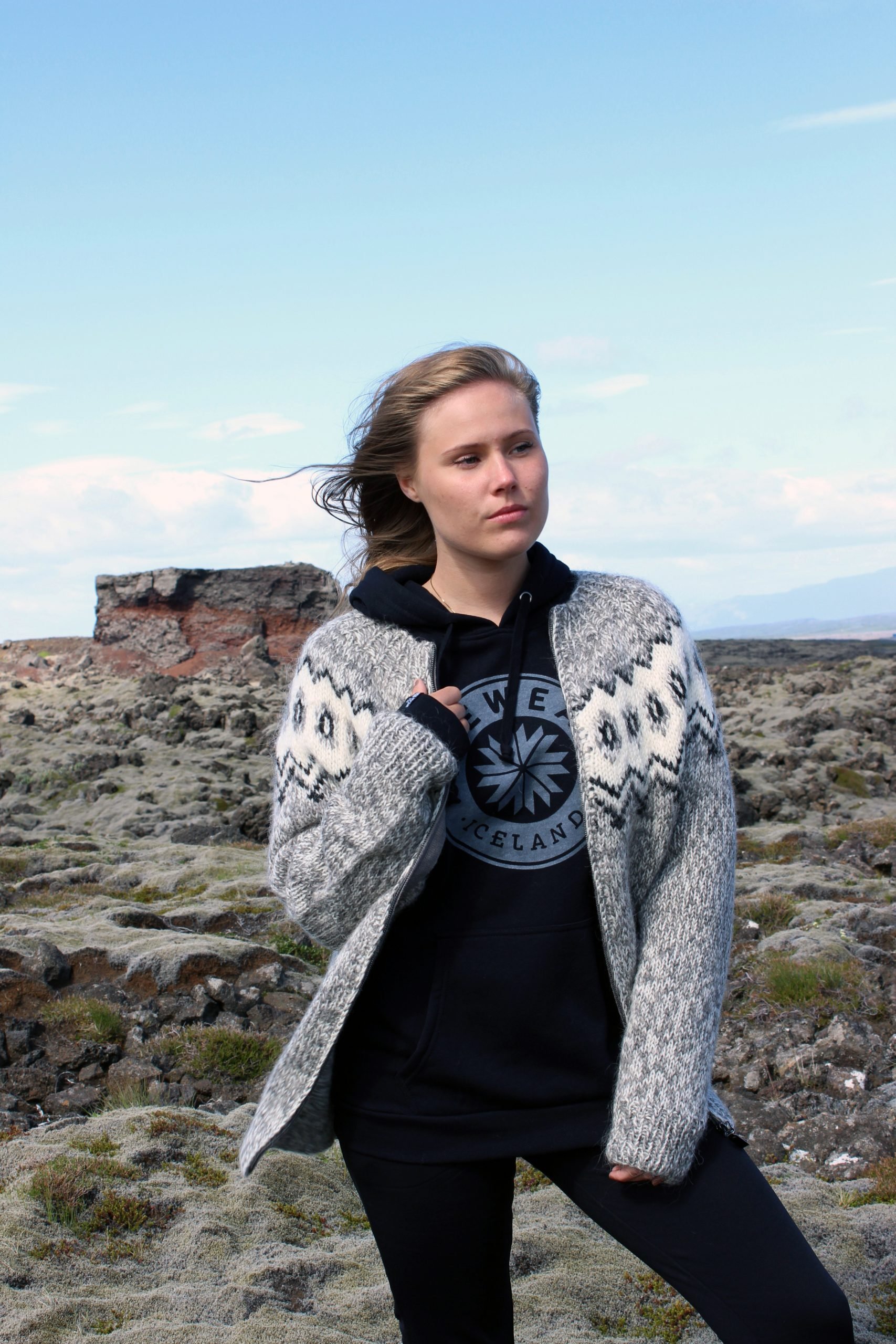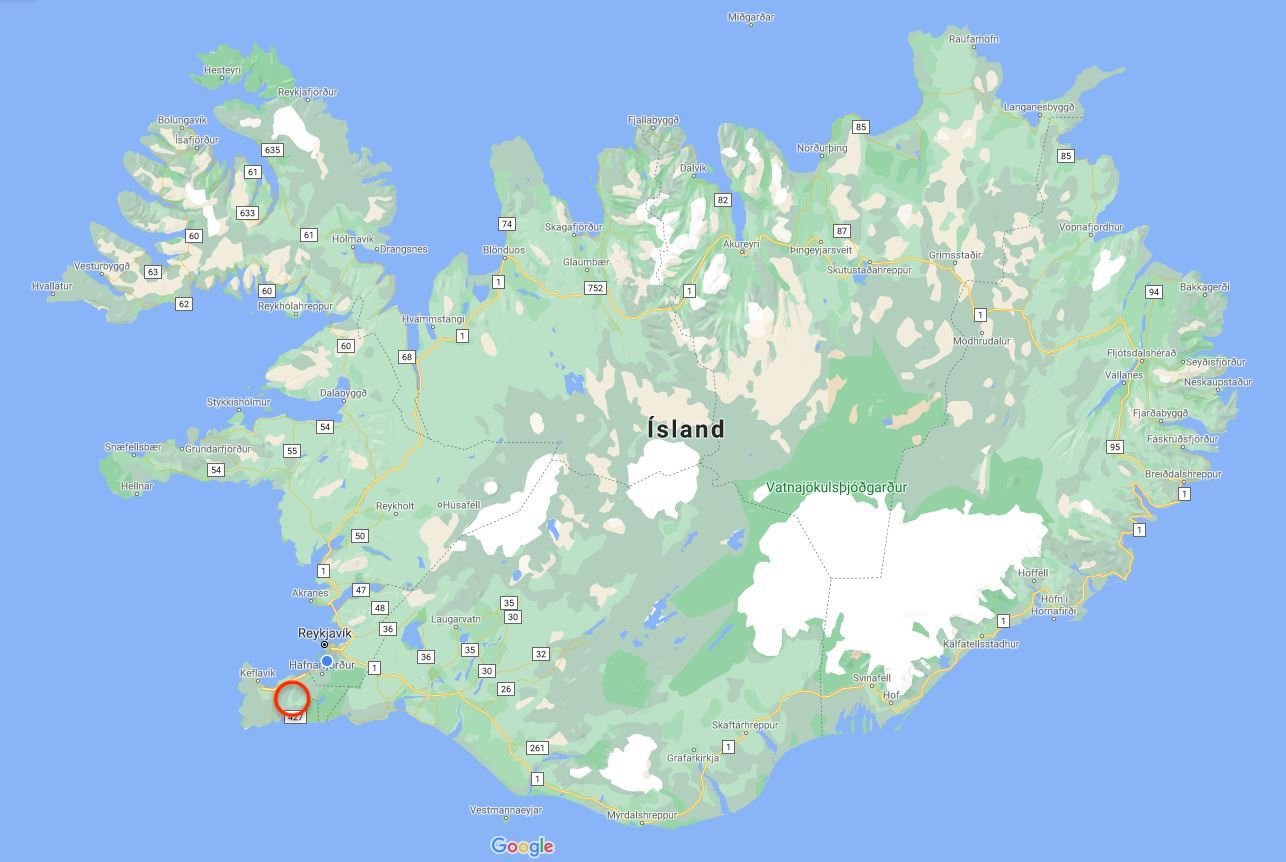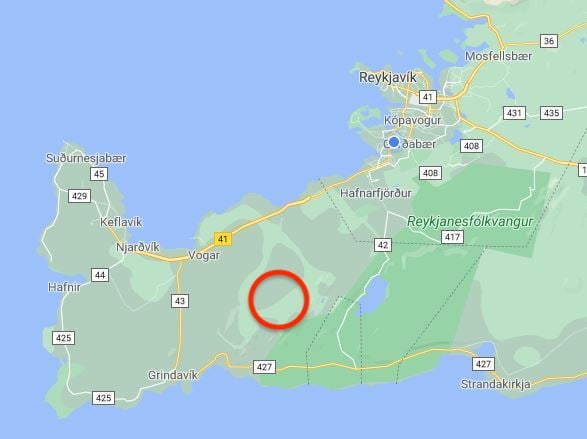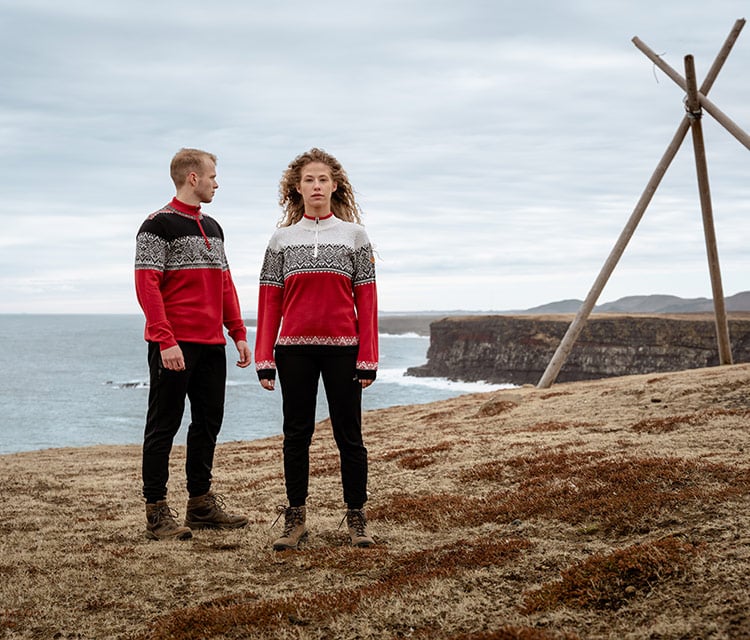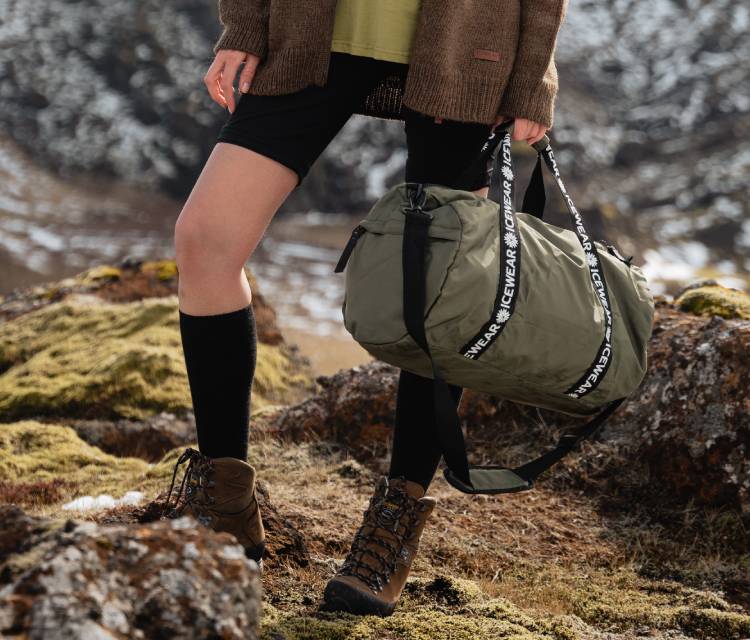The last few days have been marked by many thousands (!) tremors and earthquakes in Iceland, indicating yet again a likely volcanic eruption not far from last year´s Fagradalsfjall and the international airport of Keflavík. The earthquakes have been felt in the capital Reykjavik and surrounding villages, causing especially several sleepless nights for the people in Grindavík village which is closest to the area.
On the evening of Friday March 19 2021 lava started flowing from Fagradalsfjall into Geldingadalur valley on the Reykjanes Peninsula, and pressure built up once again this summer. On Wednesday 3 August 2022 a fissure opened up in Meradalir valley, next to last years´s eruption site.
This is what we wrote last year, before the eruption:
Specifically, the type of tremors and pulses detected are similar to what’s detected when magma moves a few kilometers below the earth’s surface. If the magma does reach the surface, Icelandic authorities say it’s unlikely it will be a dramatic explosion. Instead, the eruption could be an effusive (or “fissure vent”) event where lava pours out of a crack in the earth’s surface. That likelihood, plus Litli Hrútur’s location over 30 kilometers south of Reykjavik, has kept most Icelanders feeling safe.
The area of the recent volcanic activity in Iceland - Fagradalsfjall
If there were an eruption of Litli Hrútur, also referred to as "Þráinsskjaldarhraun", the landscape of the area could be permanently changed. This is the nature of any volcanic region: lava changes the terrain by adding layers of new earth as magma travels, cools and dries. This was last seen in Iceland after the Eyjafjallajökull eruption, which formed new hills and mountaintops all around the area.
A recent Icewear photoshoot took place in this area, too, which soon might be changed forever. With photos taken in Kleifarvatn, you can get a glimpse of what the area looks like now.
Litli Hrútur and the Fagradalsfjall mountain mark the source of all the earthquakes and tremors in Iceland the last several days. The name of the volcano actually means “small ram,” referring specifically to a male sheep. This name holds special significance to Icelanders thanks to the country’s celebrated wool industry. With over 800,000 sheep roaming free across the island nation (250% the number of people who live there), it’s almost fitting that a “small sheep” could be the cause of a volcanic eruption with the potential to change the landscape forever.
If the Fagradalsfjall Volcano Does Erupt in Iceland
Iceland has 130 volcanoes with about 30 systems still active. “Still active,” however, refers to volcanoes that, in the case of Iceland, have been quiet for decades or even hundreds of years. Many of the nation’s active systems are also subterranean.
If there were an eruption in this area, the likelihood that it would be an effusive eruption has kept many Icelanders at ease. The eruption could still be disruptive, of course, especially to aviation. Ash thrown miles into the air alters flight schedules, sometimes for weeks after an eruption. The location of Litli Hrútur (a short drive from the capital) almost guarantees some kind of flight delay.
Flight delays will impact logistics, too, especially of imports and exports. One of Iceland’s principal exports is wool (and wool products, like the traditional sweaters and other articles on Icewear), and shipments of orders could be impacted by an eruption.
Flight delays can also mean a temporary dent to tourism, which has been slowly ramping up since the country re-opened borders in June of 2020. It was recently reported how Iceland has come to be nearly COVID-free, promoting a huge step forward in boosting the tourism industry that Iceland’s economy so desperately needs.
Even the impending eruption will only be a temporary slow to that trend, however.
Iceland’s history with volcanic activity is as old as Iceland. Icelanders today still identify with their Viking roots, as it was Viking tradition tied closely to nature and animals that’s made Iceland what it is today.
Iceland has been referred to as the “country of fire and ice,” and with more than 18,000 volcanic tremors in this first week of March it’s easy to see why. From holidays celebrated in the harshest days of winter to the traditional wool clothing designed beautifully and practically for the elements, Iceland has shown time and again just how strong the island nation and its people are—even if the cause of the pending eruption is a beloved “little sheep.”

